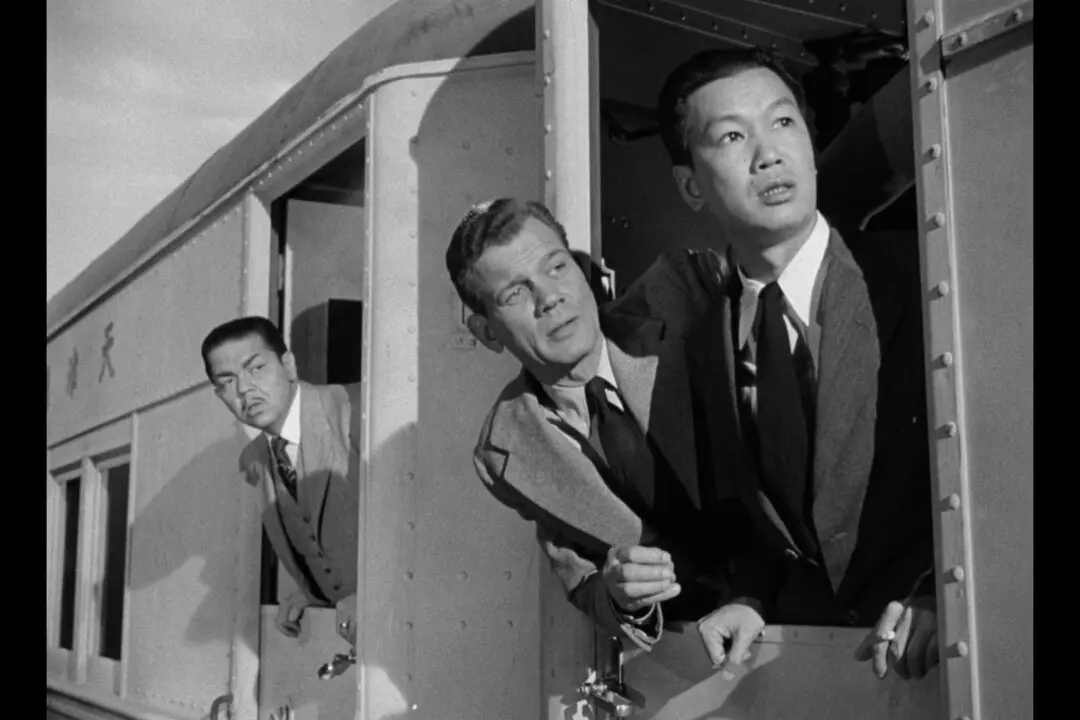NR | 1h 46 min | Drama, Biopic | 1949
Director Sam Wood begins his film with a brief text of tribute: “This is the true story of a young American—Monty Stratton—and it starts one fall afternoon, near Wagner, Texas.” For that heartwarming tale, writer Douglas Morrow won the Academy Award for Best Motion Picture Story.




